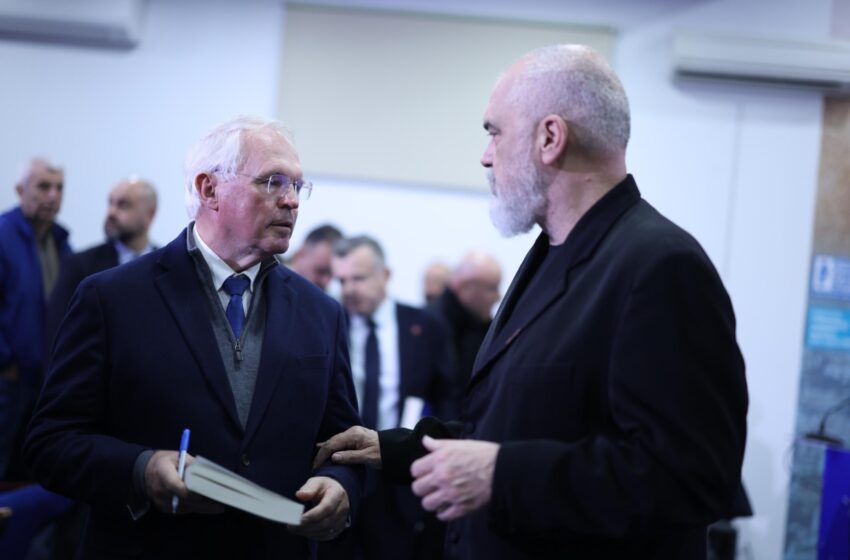New Black Hawk helicopters land at revitalized Gjadër Air Base
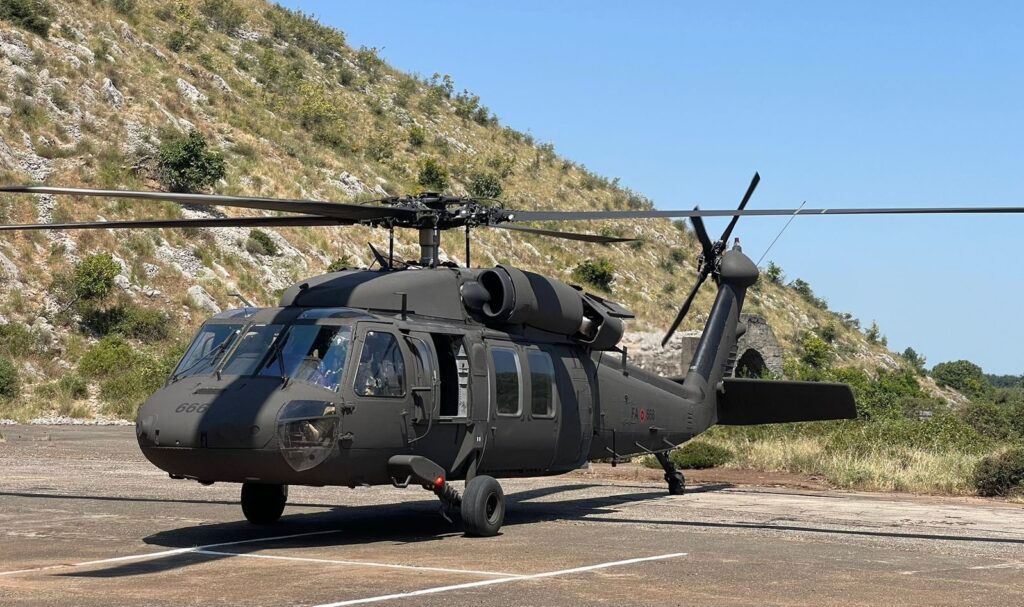
For the first time in nearly 30 years, Gjadër Air Base, originally constructed in 1974, has seen new aircraft land on its runways. Recently, the modern UH-60 Black Hawk helicopters touched down at the base, signaling the opening of a new era for the Albanian military.
Why is this relevant
The revitalization of Gjadër Air Base marks a significant step forward for Albania’s military capabilities. The base, which had been largely dormant since the era of Soviet-made MiG-19 and MiG-21 jets, will now offer state-of-the-art infrastructure for the training of helicopter crews and new pilot recruits. This effort is part of a broader initiative by the Albanian Air Force to enhance its operational readiness and efficiency through collaboration with American training personnel specialized in Black Hawk helicopters.
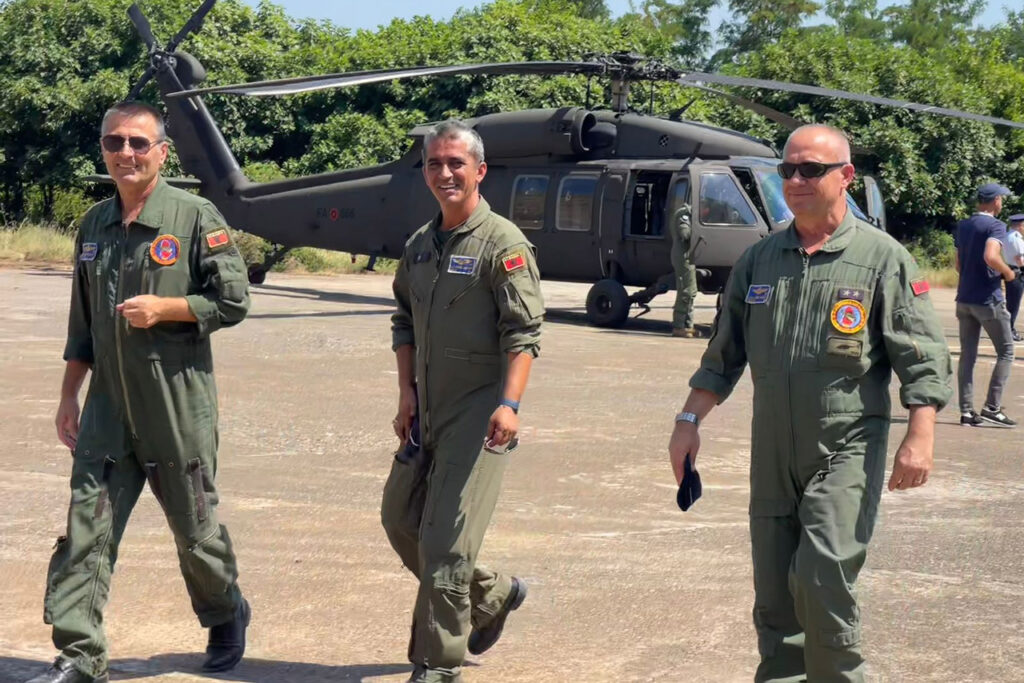
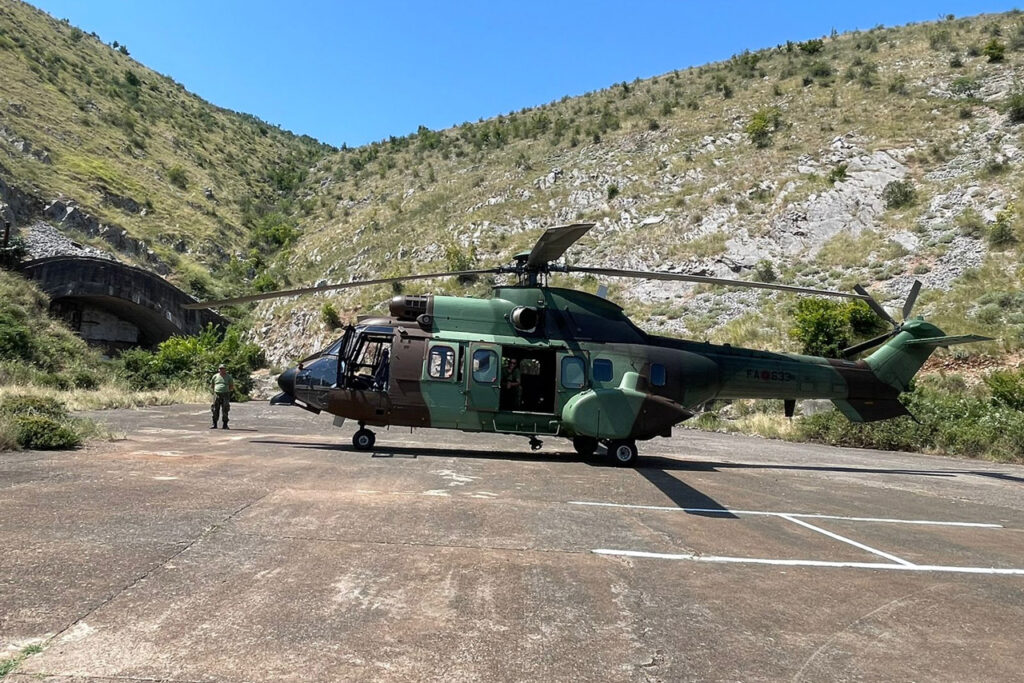
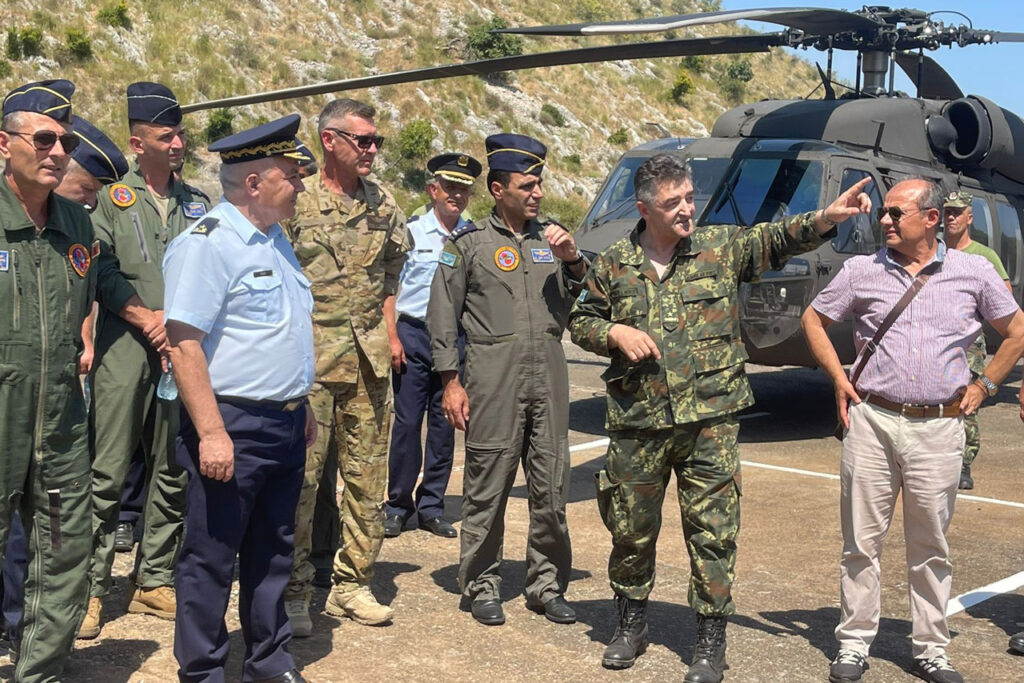
Context
Albania has been increasingly dedicating resources to bolster its military infrastructure and capabilities. This effort is in line with the country’s strategic goals within NATO. Some of the key initiatives it is working on include the proposal for a NATO naval base in Durrës and the promotion of Corridor VIII as a strategic route facilitating the free movement of military forces from the Adriatic Sea to the Mediterranean.
In addition to these efforts, Albania recently inaugurated the Kuçova Air Base as the first NATO airbase in the Balkans. This base, co-financed by NATO and the Albanian government, serves as a critical hub for NATO air supplies, logistics, search and rescue operations, and aerial surveillance.
The Albanian government has also emphasized the importance of these developments in the context of current global security challenges. Prime Minister Edi Rama has highlighted that these military upgrades are essential for addressing emerging threats and maintaining stability in the Western Balkans.
Overall, the reinvigoration of Gjader Air Base and other strategic initiatives represent Albania’s proactive approach to strengthening its military infrastructure and contributing more robustly to NATO’s collective defense efforts.
